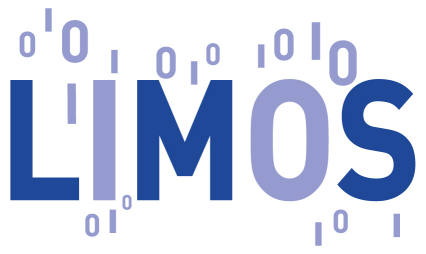|
Date : 21 mars 2022 14:00 - Type : Thesis - Ali MAMADOU MAMADOU - Visio-conférence
Heterogeneous wireless networks coexistence techniques |
Context: Heterogeneous networks refer to the coexistence and coverage of multiple communication networks in a common area. It is a fundamental feature in the paradigm of recent generation networks to support a wide range of novel applications that compel low latency and high data rates, for both indoor and outdoor use scenarios. During the first development of wireless technologies, wireless connectivity was only possible with one operator/technology. However, with the densification of heterogeneous networks deployment of recent generation networks such as in the 5G paradigm, connected devices such as smartphones are using multiple wireless technology/interfaces such as Wi-Fi, 4G LTE/5G, Bluetooth, each usually suited for a particular usage.
Goal: This thesis's framework provides efficient interface coexistence techniques for multi-wireless access network interface terminals through an interface and interfaces information sharing.
The framework has two main components: a Radio Access Technology selection mechanism and an IEEE 802.11 (Wi-Fi) and IEEE 802.15.4 (e.g. ZigBee) coexistence optimization technique.
Method: The RAT selection proposal is formulated as a Multiple Criteria Decision Making problem with a decision data analysis mechanism that allows accurate network performance estimation in the
decision-making process. The IEEE 802.11 and IEEE 802.15.4 coexistence optimization techniques benefit from a virtual Clear Channel Assessment (CCA) from an IEEE 802.11 interface on the same device. Proposals are evaluated using full-stack network simulating. Indeed, we developed a framework of heterogeneous network simulation by integrating the most popular open-source network simulation modules in the OMNet++ ecosystem: INET and SimuLTE. INET is considered for IEEE protocol models such as 802.11 and 802.15.4. SimuLTE is considered for 3GPP protocol models such as LTE D2D communication.
Results: Numerical results show the effectiveness of the Radio Access Technology selection mechanism as a QoS-based resource optimization method compared to some baseline mechanisms. Numerical results show also that the proposed mechanisms of IEEE 802.11 and IEEE 802.15.4 coexistence optimization improve the packet delivery ratio of the basic CSMA/CA by up to 26% on average under traffic load in a Wi-Fi that does not exceed 40% of offered load.
Conclusions: We argue in this thesis that the concept of interface and interfaces information sharing for multi-wireless access network interface terminals can positively impact wireless resource efficiency.
------------------------------------------------------------------------------------------------------------------------------------
Membres de jury :
- Benoit HILT, MCF HDR, rapporteur (externe, Université de Haute-Alsace)
- Kinda KHAWAM, MCF HDR, rapporteuse (externe, Université de Versailles UVSQ)
- Nathalie MITTON, PR, évaluatrice (Inria Lille Nord Europe)
- Oussama HABACHI, PR, evaluateur (local)
- Vincent BARRA, PR, evaluateur (local)
- Gérard CHALHOUB, MCF HDR, directeur de thèse (local)
